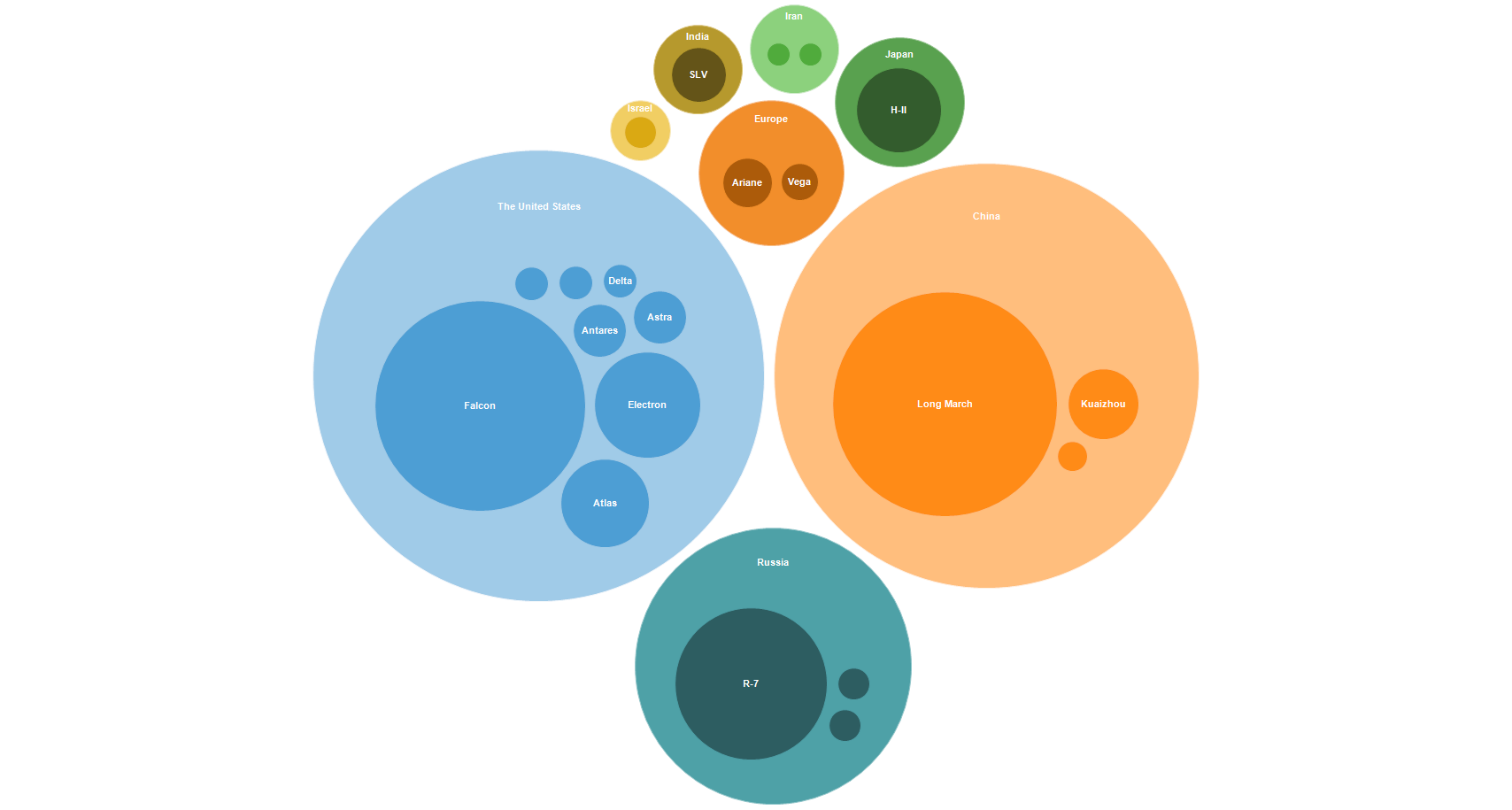Contents
Unraveling complex sets of data about key aspects or indicators of businesses, or even societal phenomena, can be challenging. Visual aids are often employed to make this task more manageable. One such tool that simplifies this process is the bubble chart. Bubble charts are innovative data visualization tools that elegantly display multivariate data in a two-dimensional space. This article will explain the elements of a bubble chart, highlight why they are beneficial, and provide best practices for effective usage.
Understanding a Bubble Chart
Alt text: Two hands on laptop gathering data for bubble chart
A bubble chart is an effective graphical illustration tool for multi-dimensional datasets. The chart is based on a traditional Cartesian coordinate system, where two of three data values are plotted on a standard X-Y graph, while the third data point is denoted by the size of the bubble. Such a format allows viewers to compare and assess three dimensions of data simultaneously, quickly clarifying patterns, correlations, and anomalies that might be overlooked on other types of charts.
A bubble chart works best with numerical, ordinal, and interval data types. The qualities of its design make it suitable for datasets with multiple independent variables or three series of values. It is commonly used in economics and social sciences to depict economic indicators, but it can be helpful in any setting where multi-dimensional data is being analyzed.
Benefits of Using a Bubble Chart
The primary benefit of using a bubble chart lies in its ability to depict three dimensions of data in a two-dimensional format. This advantage is crucial when dealing with complex sets of data that would otherwise be difficult to represent visually. It allows analysts to scrutinize data patterns or trends more closely, which can lead to more informed decisions.
Bubble charts also have an aesthetic appeal, which makes them more engaging to the observer. This visual appeal is vital in cases where the data might seem too abstract or complex without a visual aid. An effectively structured bubble chart can articulate the main data points or themes in a digestible and visually appealing way.
Furthermore, bubble charts can display a great deal of data without running into overlap issues that bar charts or line graphs often encounter. They can also be used to compare many datasets simultaneously, making them versatile and expansive.
Avoiding Common Mistakes
Alt text: Two employees using laptops and going over a bubble chart to gain business insights
While bubble charts are innovative and effective tools for data visualization, errors in their construction or interpretation can lead to misunderstandings or misconceptions. One common mistake is including too many bubbles, which can crowd the chart and make it difficult to interpret. It is essential to maintain clarity and simplicity for effective communication.
Another notable mistake is the incorrect understanding or interpretation of the size and color of the bubbles. It is essential to provide a clear legend that denotes what these factors represent. Without a distinct explanation, it might lead to an inaccurate understanding of the data.
Choosing the Right Data
The type of data used significantly influences the efficiency of a bubble chart. As previously mentioned, bubble charts work best with numerical, ordinal, and interval data types. It is essential to confirm that the data you wish to visualize is suitable for a bubble chart before creating one. Criteria can include three interdependent variables, three data sets, or three comparison points.
Another crucial factor to consider is the scale of data. For instance, if the bubble sizes vary too significantly due to disparate data values, the smaller bubbles might become insignificant or overlooked. It is advised to adjust the scale or consider a different visualization method if this is the case.
Lastly, the data must be of high-quality and accurate for effective use in a bubble chart. Since the size and placement of the bubbles are determined based on the data, any inaccuracies will distort the chart’s representation and could lead to wrong conclusions.
Overall, a bubble chart is an effective tool for visualizing complex multivariate data. It allows for the simultaneous comparison of three or more variables, providing a valuable perspective on the data. However, to maximize its benefits, it is essential to adhere to best practices and avoid common mistakes. As with any data visualization tool, the goal is clear, accurate, and engaging communication of information.


